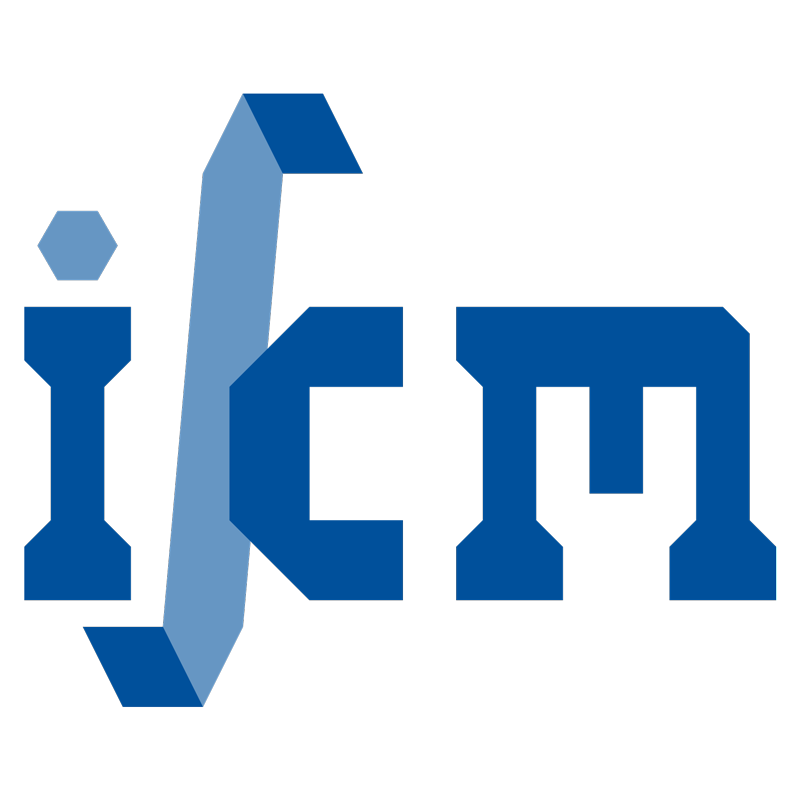Generating virtual process maps of SLM using powder-scale SPH simulations
- authored by
- Jan Philipp Fürstenau, Henning Wessels, Christian Weißenfels, Peter Wriggers
- Abstract
In selective laser melting (SLM), three-dimensional parts are build up from a metal powder bed by layer-wise melting with a laser. While SLM offers a high flexibility in geometrical design and material texture, the interplay of dozens of parameters is difficult to analyze experimentally. The current research focuses on numerical simulation to increase confidence in manufactured parts and to reduce the time to market. Using a smoothed particle hydrodynamics (SPH) implementation on GPU, the 3D melt pool dynamics in a single laser track can be simulated within less than 2 h with a reasonable spatial resolution of 3 μ m. This is an extreme speedup compared to concurrent CFD methods that have recently been applied to the same problem. Using a SPH implementation on GPU, the 3D melt pool dynamics in a single laser track can be simulated within less than an hour with a reasonable spatial resolution of 3 μ m. This is an extreme speedup compared to concurrent CFD methods that have recently been applied to the same problem. The computational efficiency allows to conduct parameter studies, which before were prohibitively expensive, to generate a virtual process. To make the simulations possible a curvature calculation technique was applied, which is novel in the field of SPH. Additionally the advantage of a direct description of the internal energy is outlined by comparing the approach with the commonly applied apparent heat approach. Designers may profit from the fast simulations in two different scenarios: firstly, through a direct numerical simulation of certain parameter combinations and scenarios and, secondly, by informing advanced surrogate models or part-scale models to predict the behavior of the entire part being produced. When adapting the heat source model, the SPH framework may also be used to describe the related electron beam melting process.
- Organisation(s)
-
Institute of Continuum Mechanics
- Type
- Article
- Journal
- Computational Particle Mechanics
- Volume
- 7
- Pages
- 655-677
- No. of pages
- 23
- ISSN
- 2196-4378
- Publication date
- 07.2020
- Publication status
- Published
- Peer reviewed
- Yes
- ASJC Scopus subject areas
- Computational Mechanics, Civil and Structural Engineering, Numerical Analysis, Modelling and Simulation, Fluid Flow and Transfer Processes, Computational Mathematics
- Electronic version(s)
-
https://doi.org/10.1007/s40571-019-00296-3 (Access:
Closed)
-
Details in the research portal "Research@Leibniz University"


